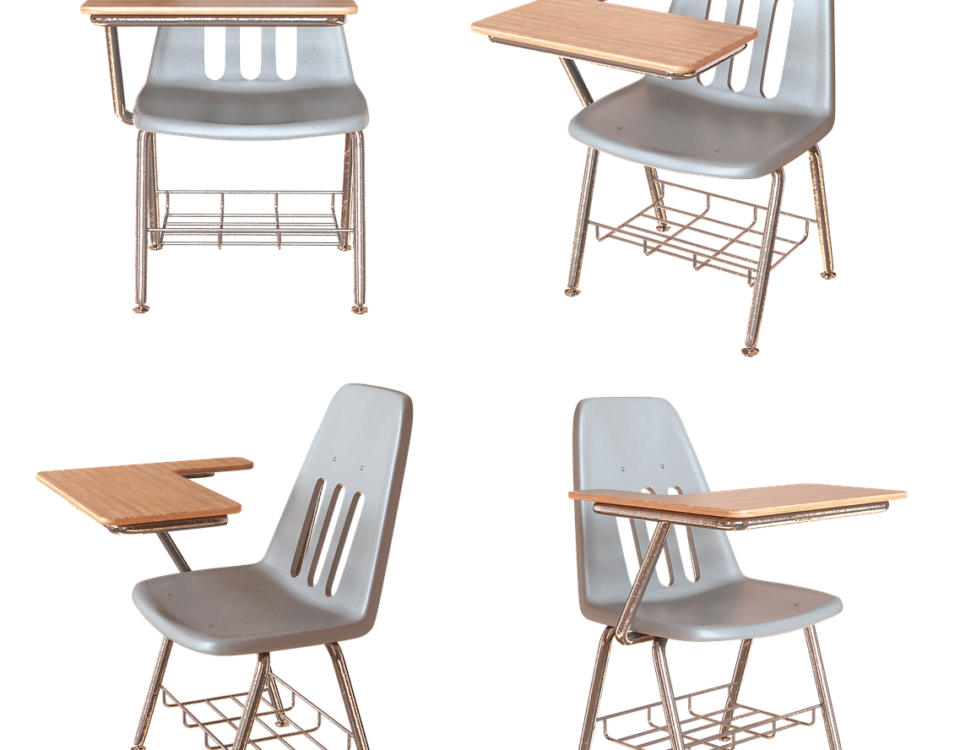Basic Functions and Structure of a Rapid Product Design and Manufacturing System

Rapid Product Design and Manufacturing System Based on Rapid Prototyping Technology
February 18, 2025
Software and Hardware Resources for Rapid Product Design and Manufacturing Systems
February 18, 2025A Rapid Product Design and Manufacturing System should be considered as an integrated manufacturing system that combines industrial design, computer-aided 3D CAD technology, reverse engineering, structural analysis and optimization design, process simulation, rapid prototyping manufacturing, rapid tooling, and rapid product manufacturing. This system provides a comprehensive solution for accelerating product development while ensuring high precision and cost-effectiveness.
From the perspective of rapid prototyping-based product design, there are generally two primary approaches to rapid product design: concept-to-product design and sample-to-product design. Each approach offers a unique set of steps for transforming ideas or samples into fully manufactured products.
Concept-to-Product Design Approach
In the concept-to-product design approach, the steps are as follows:
- Concept Development: This is the initial phase where the basic idea or concept for the product is outlined.
- 3D CAD Modeling: Using computer-aided design (CAD) software, the concept is translated into a detailed 3D model, visualizing the geometry and structure of the product.
- Rapid Prototyping: The 3D model is then used to create a prototype quickly, allowing for a tangible representation of the concept.
- Structural Analysis and Optimization: Engineers perform structural analysis to ensure that the product will perform well under real-world conditions. Optimization techniques are applied to improve strength, reduce material usage, and enhance performance.
- Process Analysis: The manufacturing processes are simulated to ensure that the product can be produced efficiently and cost-effectively.
- Rapid Tooling: Once the design is finalized, quick tooling methods are used to produce the molds and tools necessary for manufacturing the product.
- Rapid Product Manufacturing: Finally, the product is rapidly manufactured, often in small batches, to meet market demands quickly.
Sample-to-Product Design Approach
For the sample-to-product design approach, the steps are slightly different but still emphasize efficiency and speed:
- Sample Creation: A physical sample or prototype is already available as the starting point.
- Reverse Engineering: Using reverse engineering techniques, the sample is scanned or measured to create a 3D digital model. This is an essential step for capturing the exact geometry of the sample.
- Surface Fitting/Repair: The 3D model may require surface fitting or repair to correct any imperfections or enhance the shape for better manufacturability.
- 3D Modeling: A refined 3D model is then created based on the reverse-engineered data.
- Rapid Prototyping: The 3D model is used to produce a prototype using rapid prototyping technologies.
- Structural Analysis and Optimization: Similar to the concept-to-product approach, the design undergoes structural analysis and optimization to improve the performance of the product.
- Process Analysis: The manufacturing processes are examined to ensure the product can be efficiently produced.
- Rapid Tooling and Manufacturing: Quick tooling techniques are used to produce the necessary molds, followed by rapid manufacturing of the final product.
This approach is particularly valuable when a physical sample already exists but requires modifications or improvements to meet modern production standards.
Key Considerations in Rapid Product Design
Regardless of whether starting with a concept or a sample, rapid product design involves several key considerations:
- Geometric Design: The shape and size of the product are crucial, but they must also be optimized for manufacturing processes such as injection molding, die casting, or sheet metal forming.
- Structural Optimization: The product must perform well under the conditions it will face in real-world use. Through simulation-based structural analysis, designers can optimize the design for strength, durability, and efficiency.
- Manufacturability: A crucial element of the design process is ensuring that the product can be easily and cost-effectively manufactured. This includes considering the product’s material properties, assembly processes, and tooling.
- Aesthetic and Functional Design: Product design is not just about functionality; it also involves ensuring the product is visually appealing. Industrial design and aesthetics play a role in attracting consumers and ensuring the product aligns with market trends.
- Cost and Complexity: The complexity of the design must align with the cost of manufacturing. For example, if designing an injection-molded product, considerations regarding mold complexity and production cost must be factored into the design process.
The Integrated Design Process
The product design process is a multifaceted journey that incorporates aesthetic, functional, structural performance, manufacturability, and cost considerations. All these factors must be balanced to achieve the best possible product design. A successful design cannot focus on just one or two elements but must take a holistic approach that optimizes the entire product lifecycle from concept to market.
By integrating 3D CAD software, rapid prototyping, reverse engineering, and rapid tooling, manufacturers can streamline the product development process. The ability to quickly produce high-quality prototypes and tooling has become essential for companies aiming to stay ahead in competitive markets where time-to-market and cost-effectiveness are paramount.
Conclusion
The rapid product design and manufacturing system represents a significant leap forward in modern product development. By incorporating advanced technologies like rapid prototyping, CAD modeling, and rapid tooling, businesses can design and manufacture products faster, more accurately, and at a lower cost. Whether working from a concept or a sample, these technologies offer immense advantages in terms of speed, quality, and flexibility.
As global competition increases, the ability to swiftly design and produce products with optimized performance and manufacturability will be a critical factor for companies aiming for success in the rapidly changing marketplace. Integrating rapid design systems will enable businesses to achieve a competitive edge, reduce time-to-market, and produce high-quality products that meet consumer demands.


